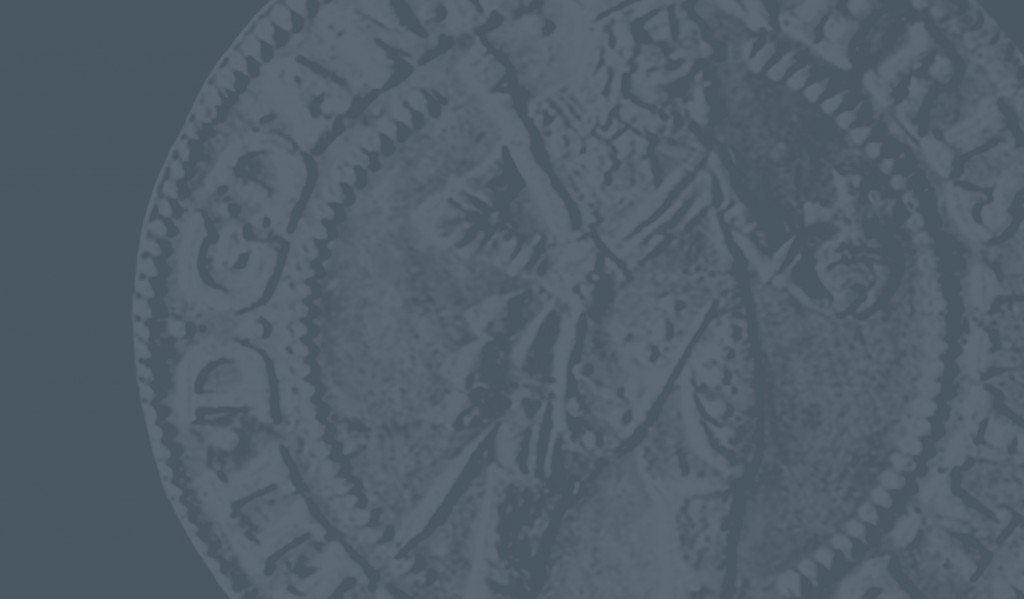
Kupuj i rezerwuj online
Bilety na wystawy czasowe oraz stałe, wydarzenia, wykłady i inne. Zakup online książek i gadżetów.
Spotkania
w Muzeum
Spacery, spotkania kuratorskie, literackie, wykłady i więcej
In 1983, a new statute was introduced, which was extremely important from the perspective of the institution’s history. From that day until today, despite significant organizational and structural changes, the Museum has operated under the same, extended name – the Leon Wyczółkowski Regional Museum in Bydgoszcz.
Granting the Bydgoszcz Museum the status of an institution covering the entire region contributed to the collection’s expansion and the extension of research subjects. The museums in Żnin, Wenecja, Kcynia and Tuchola, included in the structure of the Bydgoszcz institution, collected – with the support of Bydgoszcz museologists – artefacts related to the culture of small homelands and various groups inhabiting them.
The expansion of its activities to the entire province opened up new exhibition horizons for the Regional Museum. Bydgoszcz, being a centre located in the northern part of Kujawy, at that time within the Bydgoszcz Province, was adjacent to other ethnographic regions such as: Pałuki, Krajna, Bory Tucholskie, Kociewie and Kaszuby. To expand the ethnographic collections of the Museum and its branches, it was extremely important to establish and maintain contacts with people maintaining and continuing traditional skills in the fields of handicrafts, ornamentation and folklore.
In 1986, the Department of Ethnography was established within the Museum’s organizational structure. As part of its activities, folk artists were under constant supervision, directing activities aimed at preserving the living, tangible and intangible heritage of the vicinity of Bydgoszcz and ethnographic regions, while conducting regular purchases for the Museum, which could then boast a substantial collection in this category.
Many exhibitions presenting folk culture, which is the heritage of the inhabitants of the surrounding ethnographic areas, were prepared. The first exhibition was Pałuk Folk Sculpture, opened in Bydgoszcz in 1986. The acquisition of artefacts for the collection took place mainly during field trips, as well as by purchasing works from competitions and exhibitions held in the above-mentioned regions or directly from folk artists. Gradually, particular areas of the collection were formed: items belonging to the material inventory of rural farms, clothes and fabrics, folk and non-professional art, and archives.
The Museum’s infrastructure on Mill Island in the discussed period required a great deal of work and time. In the building at 7 Mennica Street (currently the Leon Wyczółkowski House) a conservation workshop joined the photographic studio that had operated in the previous decade. In addition, for some time there were the offices of the following departments: Documentation, Inventory and Scientific-Educational. The second building adapted for museum purposes was the White Granary. This place served as an exhibition venue. The other three buildings on Mill Island used by the Museum were in a bad condition in the 1980s and the time for their full revitalization and modernization came only in the 21st century.
In the 1980s, the Regional Museum in Bydgoszcz, together with the editors of the Ilustrowany Kurier Polski, conducted two significant social campaigns aimed at acquiring collections. The first of them concerned souvenirs related to the craft heritage of Bydgoszcz and the surrounding area. During the second, materials related to the stay of Polish Army soldiers in German POW camps during World War II were collected. These activities were a great success. A significant number of documents, photographs, memorabilia and tools were obtained.
In connection with the establishment of the Graphics Department and the constantly expanding collection in this field, a large exhibition presenting a cross-section of works from the years 1944-1984 (1984-1985) was prepared.
At the turn of the 1980s and 1990s, international exhibition exchange was resumed on a larger scale. Several interesting exhibitions were organized abroad, including ones in Berlin, Wilhelmshaven, and Delmenhorst, as well as Bratislava, Stockholm, Esslingen, Suhl, and Spisska Nova Ves. The period of political transformation coincided with the development of contacts between the Museum and circles associating Germans born in Bydgoszcz with Wilhelmshaven (Bydgoszcz’s partner city). For natural reasons, for the residents who remembered the common, difficult past, it was the last moment to implement such activities. The finalization of the reconciliation in Bydgoszcz was a success for this generation, and it is worth noting that the Museum played a significant role in it. In addition to the presentation of objects related to Bydgoszcz, the subjects of foreign shows were contemporary Polish art and the work of Leon Wyczółkowski. At the end of the decade, the time came for the first reflections on the period of the People’s Republic of Poland, which were also intended to show topics hitherto forbidden or omitted for political reasons. An important place among the presented exhibitions was taken by those relating to the activities of Bydgoszcz guilds and artistic craftsmanship. In 1987, a large exhibition was organized in Bydgoszcz, prepared jointly with museologists from the Czech city of Brno – History of Moravia on coins and medals.
Walter Leistikow, born in Bydgoszcz, who was somewhat forgotten after World War II, began to enjoy greater popularity at that time. His works were presented several times during the political transformation in Poland. At the beginning of the 1990s, a real renaissance of the artist’s popularity began.
After the administrative reforms carried out during the period of political transformation, in 1992 the Bydgoszcz Museum ceased to play the role of a „regional” institution in practical terms. Local branches gained independence. However, it was decided to keep the name, which symbolically was highly regarded, while at the same time being a legacy of a dozen or so years of history, an episode of importance and prestige in the Museum’s history.